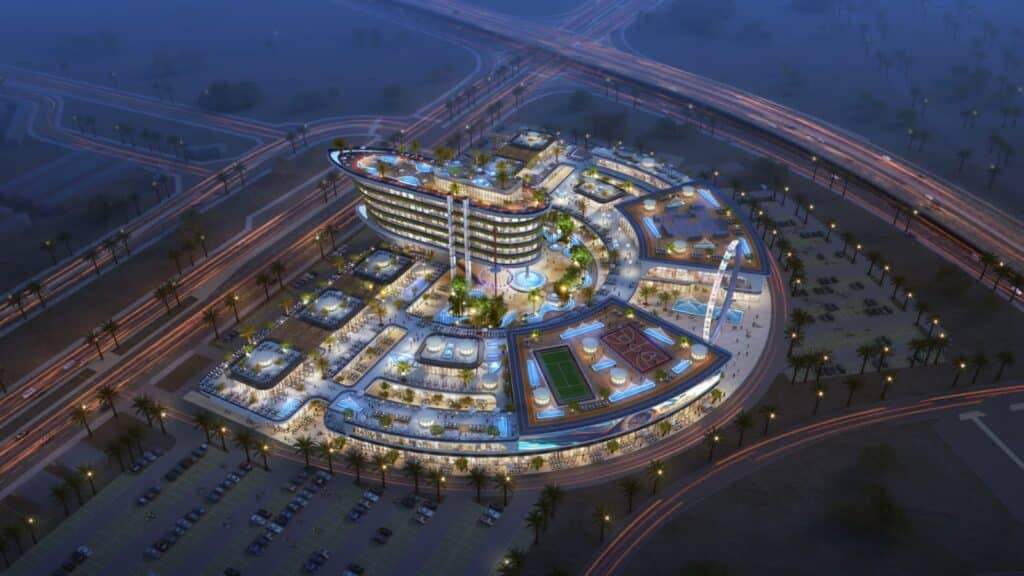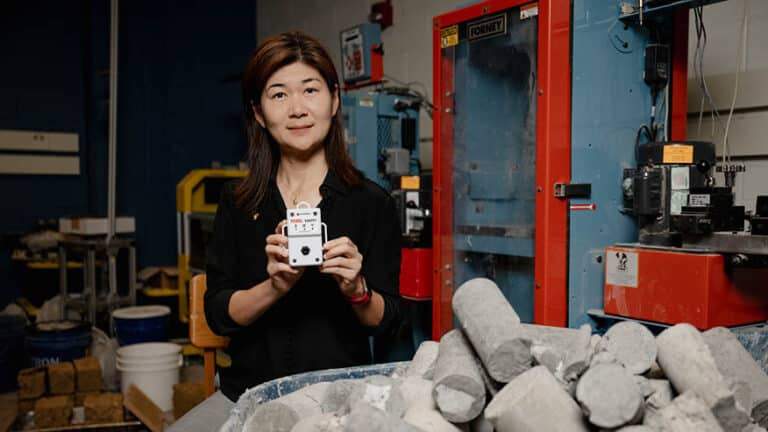What Is Smart Architecture? Transforming Buildings with Technology
Smart architecture is revolutionizing the way we design, construct, and interact with buildings. By integrating cutting-edge technologies such as IoT, AI, automation, and sustainable materials, smart buildings can adapt to environmental changes, enhance energy efficiency, and improve user experience. This transformation is redefining urban landscapes, making cities more intelligent, sustainable, and responsive to human needs.
1. Understanding Smart Architecture
Smart architecture refers to the integration of digital technologies into building design and functionality to optimize efficiency, sustainability, and occupant comfort. These buildings are equipped with intelligent systems that continuously learn, adapt, and improve performance based on real-time data.
Key Features of Smart Architecture:
- Automated Energy Management: AI-driven control of HVAC, lighting, and power systems.
- IoT Connectivity: Smart sensors and devices monitor environmental conditions and user behavior.
- Sustainability Integration: Use of energy-efficient materials and renewable energy sources.
- Adaptive Design: Buildings that respond to climate, occupancy, and usage patterns.
- Enhanced User Experience: Personalized comfort, security, and accessibility features.
2. The Role of IoT in Smart Architecture
The Internet of Things (IoT) plays a crucial role in smart architecture by enabling devices to communicate and automate processes.
How IoT Transforms Buildings:
- Real-Time Monitoring: Sensors track temperature, humidity, air quality, and occupancy levels.
- Smart Lighting & HVAC Systems: Adjust settings based on user presence and external conditions.
- Security & Surveillance: AI-powered cameras and biometric access systems enhance safety.
- Remote Control & Automation: Users can manage building systems via smartphone apps.

3. Energy Efficiency and Sustainability in Smart Buildings
Smart architecture is at the forefront of energy conservation and sustainable design, ensuring that buildings consume minimal resources while maintaining optimal performance.
Energy-Efficient Features in Smart Architecture:
- Solar Panels & Smart Grids: Generate and distribute renewable energy efficiently.
- Adaptive Shading Systems: Automatically adjust blinds to reduce heat gain.
- Smart Water Management: Detect leaks and optimize irrigation systems.
- Carbon Footprint Reduction: AI-driven analytics help reduce emissions and energy waste.
4. Enhancing Comfort and Productivity with Smart Design
Smart architecture prioritizes occupant well-being by creating adaptive, comfortable, and productive environments.
Intelligent Features for Enhanced Living & Workspaces:
- Personalized Climate Control: Smart thermostats adjust temperatures based on user preferences.
- Biophilic Design Integration: Natural lighting and green spaces improve mental well-being.
- Acoustic Optimization: Noise-canceling systems enhance focus and reduce distractions.
- Smart Furniture & Workspaces: Adjustable desks and AI-driven layouts improve efficiency.
More on ArchUp:
5. The Future of Smart Cities and Urban Development
As smart architecture continues to evolve, it is shaping the future of urban infrastructure and city planning.
Upcoming Innovations in Smart Architecture:
- Self-Healing Buildings: Materials that repair themselves, extending building lifespan.
- AI-Driven Urban Planning: Predictive analytics optimize traffic flow and public spaces.
- Digital Twin Technology: Virtual simulations help architects improve design accuracy.
- Autonomous Construction: AI-powered robots enhance efficiency in building processes.
Conclusion
Smart architecture is revolutionizing the built environment, blending technology, sustainability, and human-centric design to create buildings that are not only intelligent but also resilient, efficient, and future-ready. As innovation advances, the potential for smart buildings to enhance urban living and redefine cityscapes is limitless.








